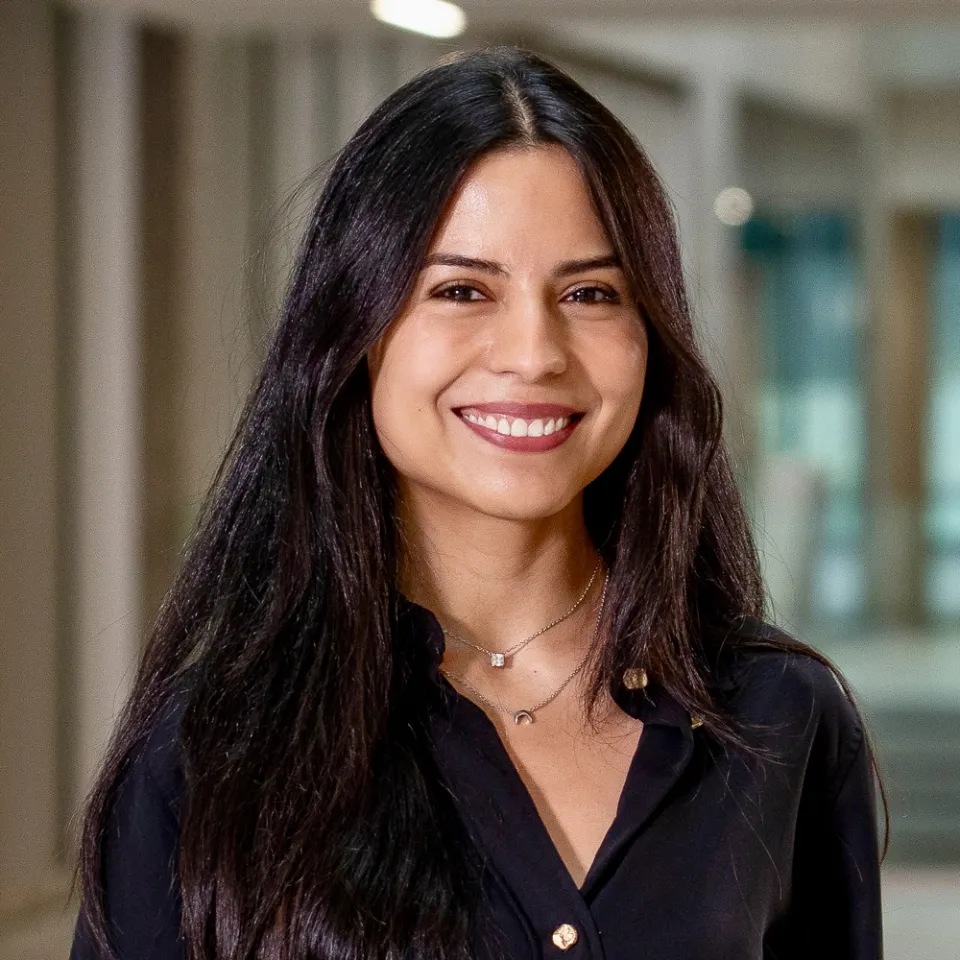María José Arteaga Garavito
Field: Finance
Research Interests: Financial Intermediation, Financial Regulation, Climate Finance
(Expected) Graduation: June 2026
References
- Mariano Massimiliano Croce (mariano.croce@unibocconi.it)
- Riccardo Colacito (riccardo_colacito@kenan-flager.unc.edu)
- Nicola Borri (nborri@luiss.it)
Contact
Bocconi University
Department of Finance, office 2.C3.04
Via G. Roentgen 1, 20136, Milan (Italy)
📧maria.arteaga@phd.unibocconi.it

I am currently on the job market.
📝 CV
JOB MARKET PAPER
The Rise of Green Banks in the U.S.
I examine how U.S. Green Banks (i.e., public or mission-driven lenders that recycle capital for climate related projects) shape the flow of green finance in the U.S. I assemble project-level microdata for 11 public and quasi-public Green Banks across nine states, and present first evidence that higher borrowing costs and coordination frictions lower the likelihood of private co-financing while raising the Green Bank’s dollar contribution per project. A simple Stackelberg model, with a welfare maximising Green Bank that co-finances with profit-maximising lenders, highlights leverage caps and coordination frictions as key constraints.
PUBLICATIONS
- Arteaga-Garavito, María José and Croce, Mariano Massimiliano and Farroni, Paolo and Wolfskeil, Isabella, When the Markets Get CO.V.I.D: Contagion, Viruses, and Information Diffusion (2024). Journal of Financial Economics, Volume 157, 103850.
WORKING PAPERS
- International Climate News (with R. Colacito, M. Croce, and B. Yang) R&R at Review of Financial Studies
-
Abstract: We develop novel high-frequency indices that measure climate attention across a wide range of developed and emerging economies. By analyzing the text of over 23 million Tweets published by leading national newspapers, we find that a country experiencing more severe climate news shocks tends to see both an inflow of capital and an appreciation of its currency. In addition, brown stocks experience large and persistent negative returns after a global climate news shock if located in highly exposed countries. A risk-sharing model in which investors price climate news shocks and trade consumption and investment goods in global markets rationalizes these findings.
-
- Climate Risk and Cross–Border Lending: Evidence from the Syndicated Loan Market (with D. Igan, J. Demski, and K. Takahashi)
- Abstract: We explore how climate risk is reflected in cross-border lending decisions in the syndicated loan market. We construct a climate policy risk index for a wide range of countries using major newspapers’ posts on Twitter. We find that when policy risk in climate news increases in a lender’s home country, their engagement in cross-border lending to firms in brown sectors increases. Our results suggest that lenders evaluate the climate policy risks at home and borrowers’ country when they allocate credit across countries. Furthermore, the effect is more pronounced for lenders who have a higher exposure to firms in brown sectors.
WORK IN PROGRESS
- Crypto Frictions for Fiat Currencies* (with N. Borri and M. Croce) *Only slides available.